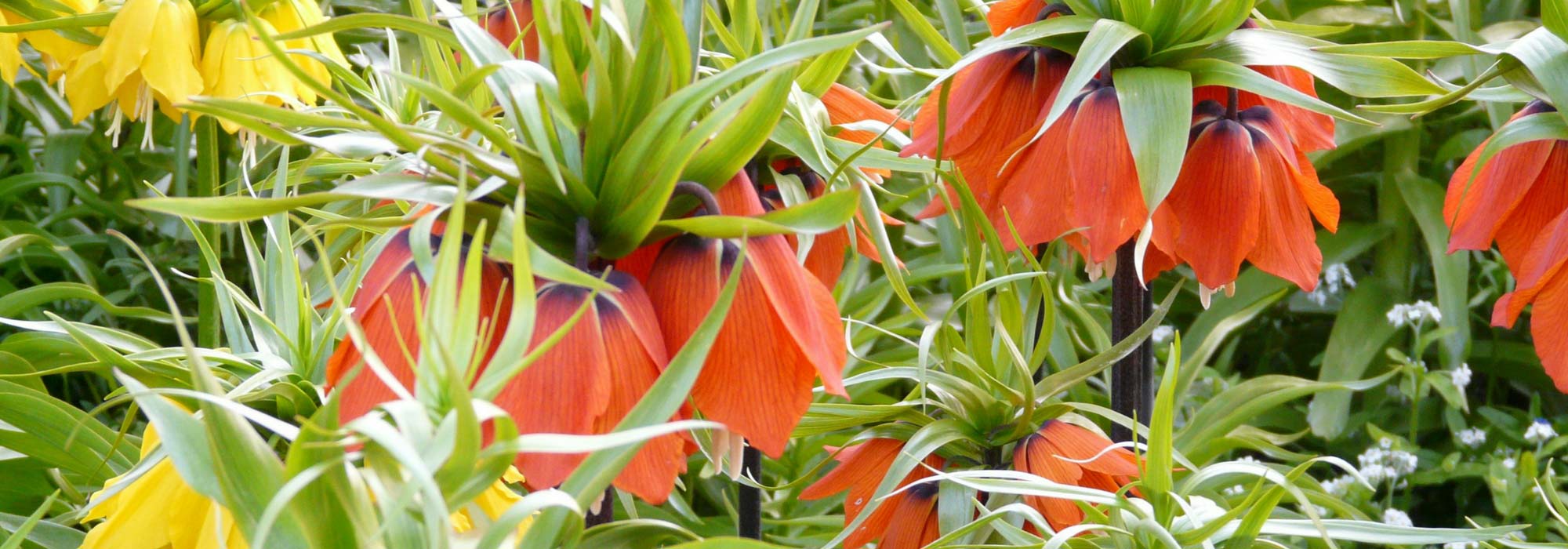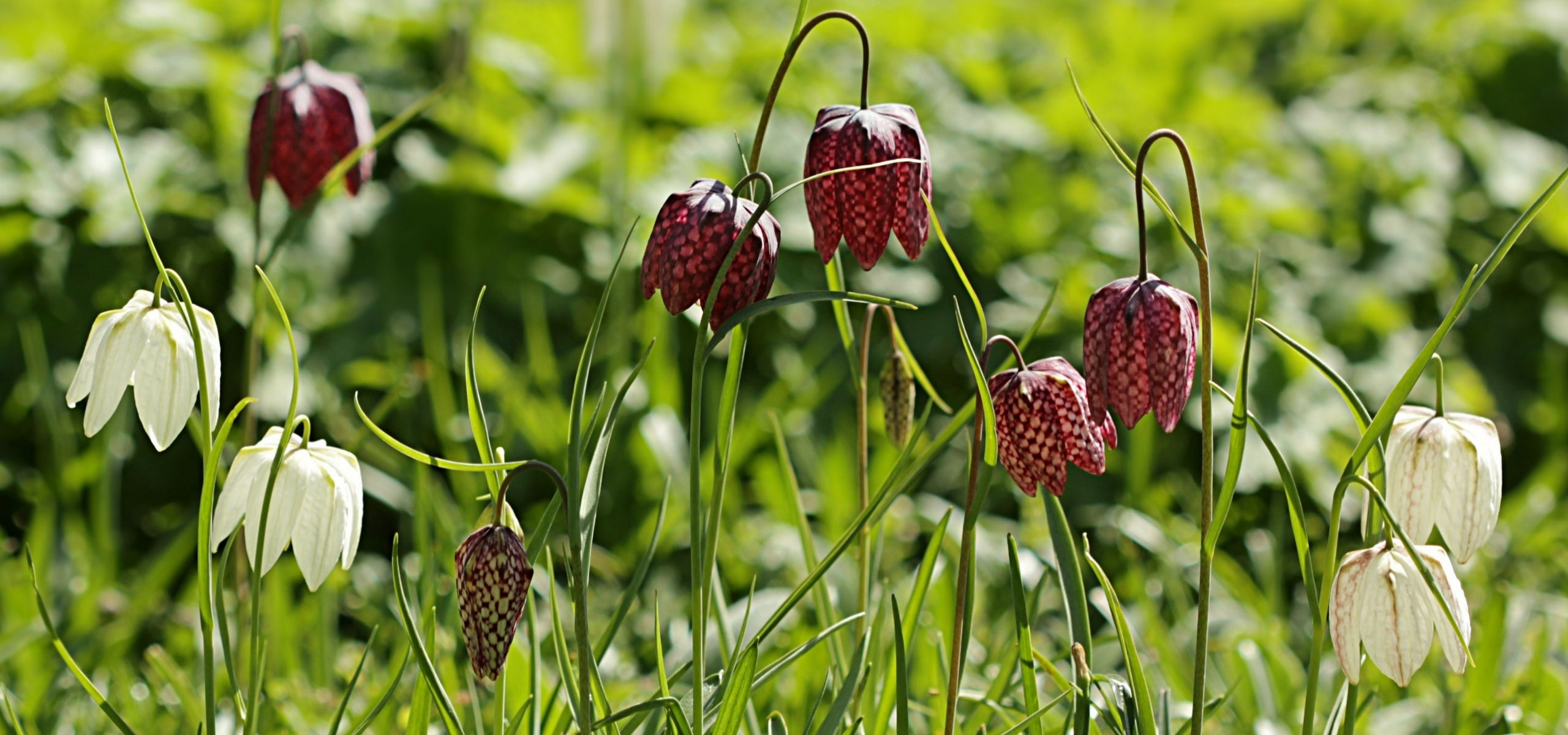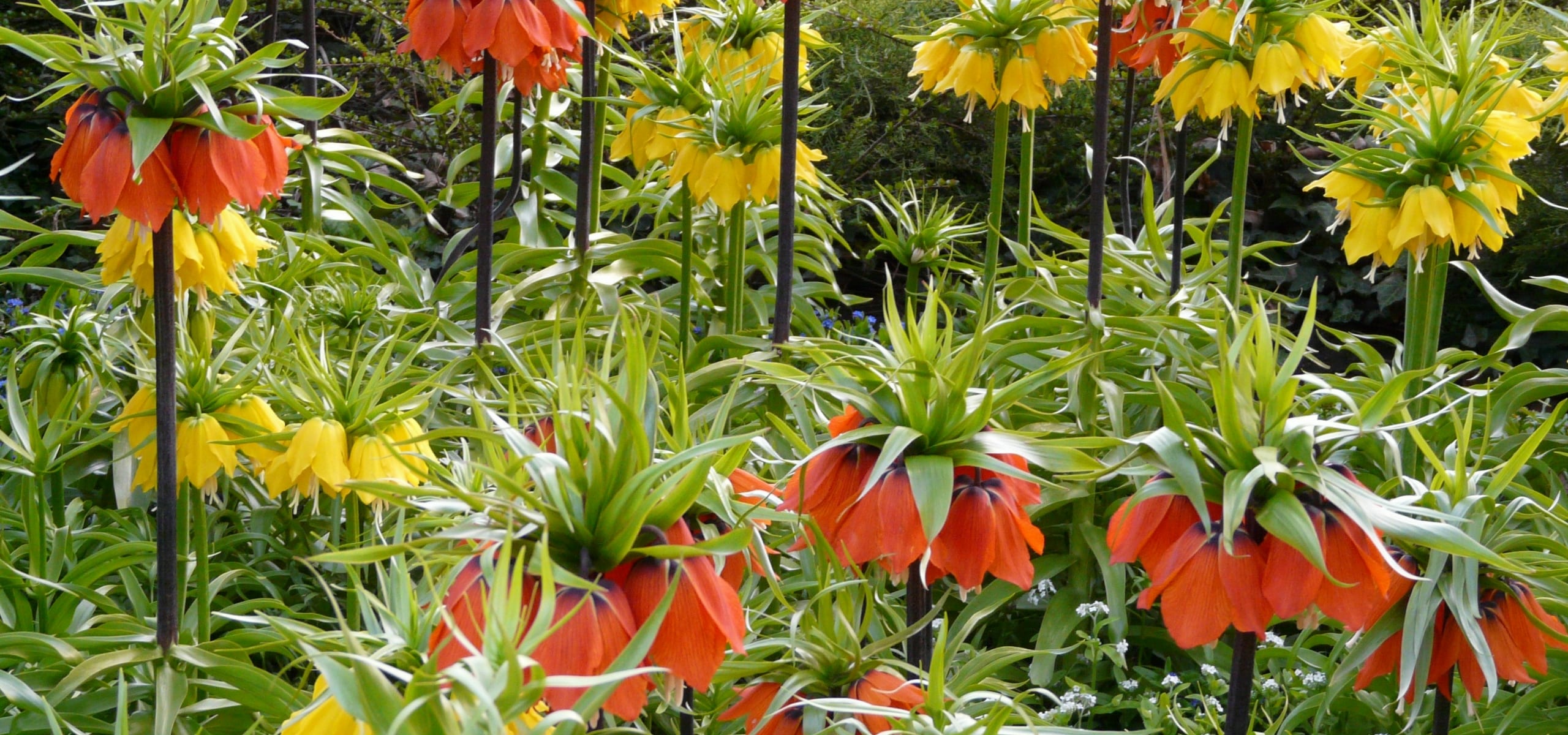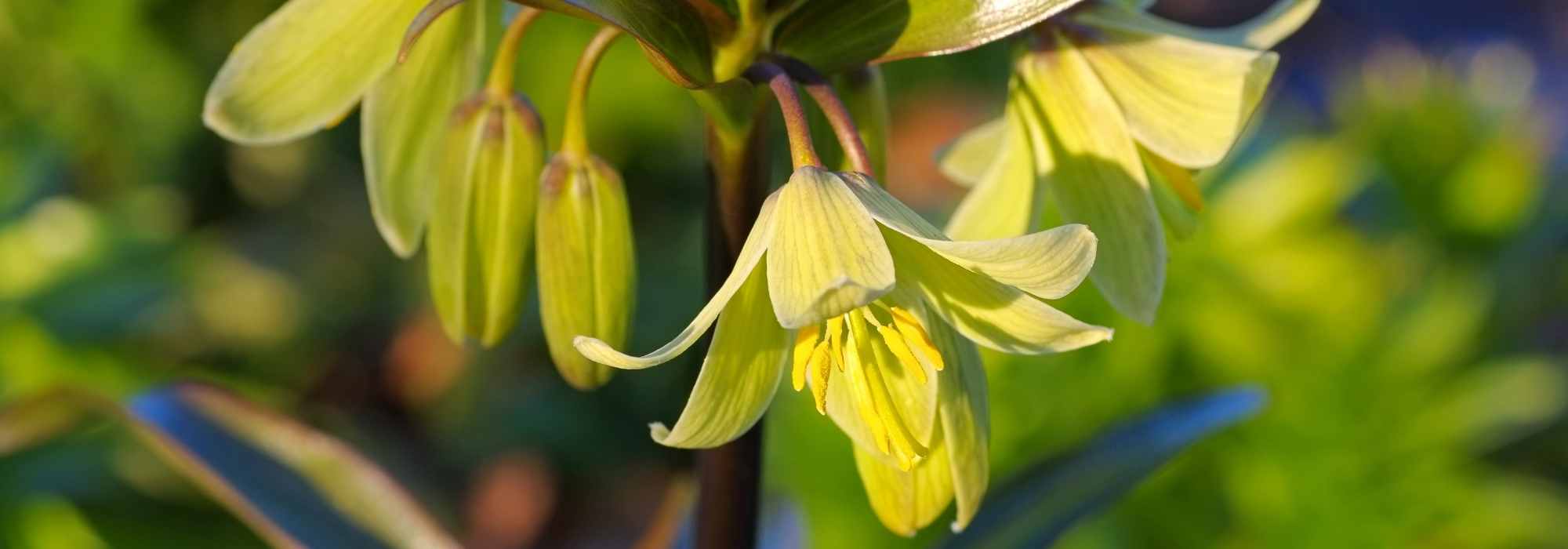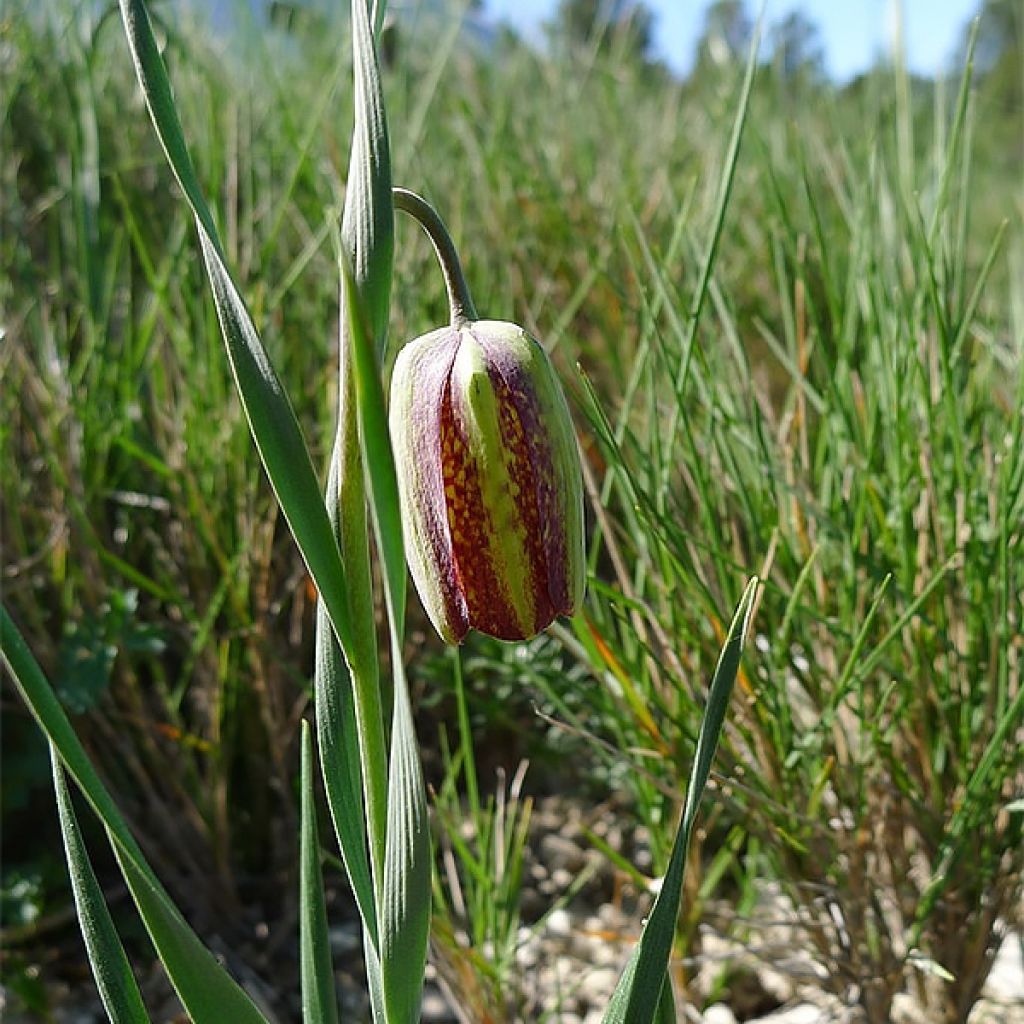

Fritillaria crassifolia ssp crassifolia - Fritillaire botanique
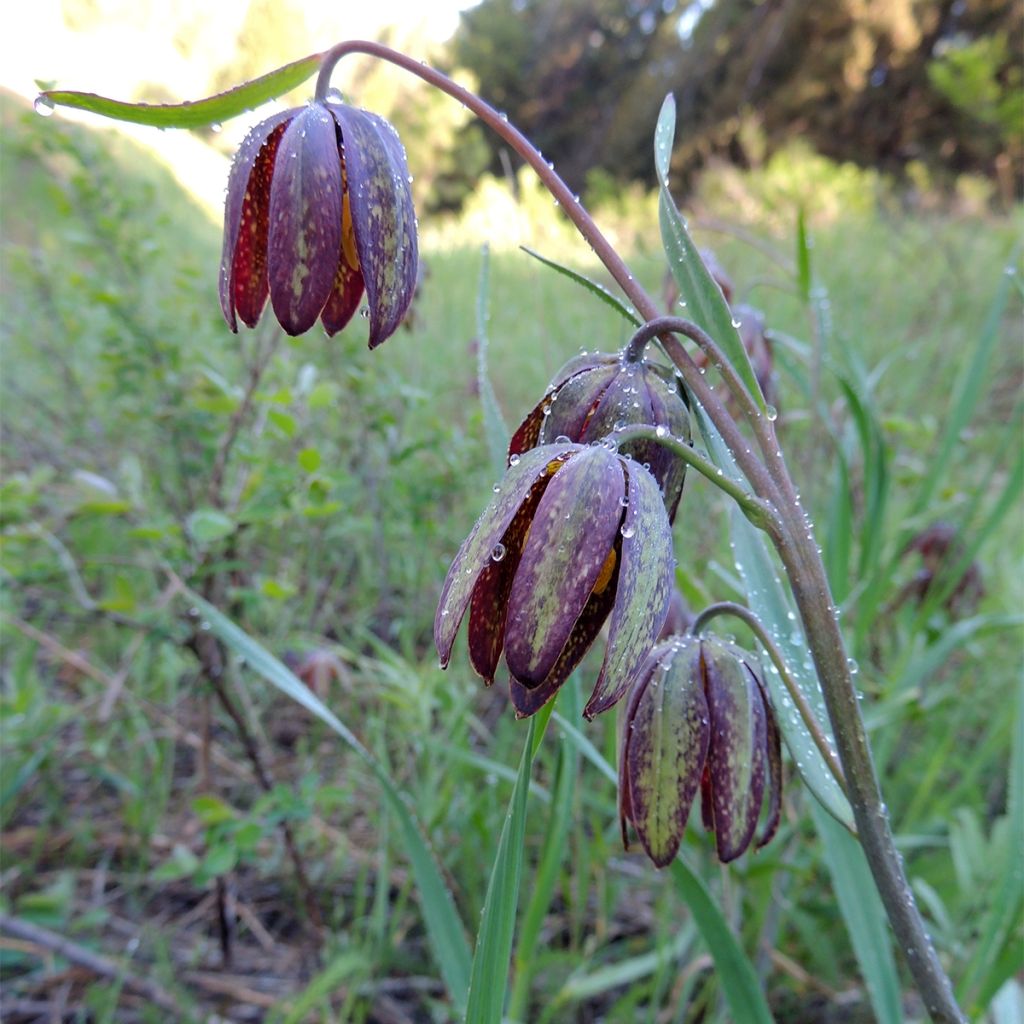

Fritillaria crassifolia ssp crassifolia - Fritillaire botanique
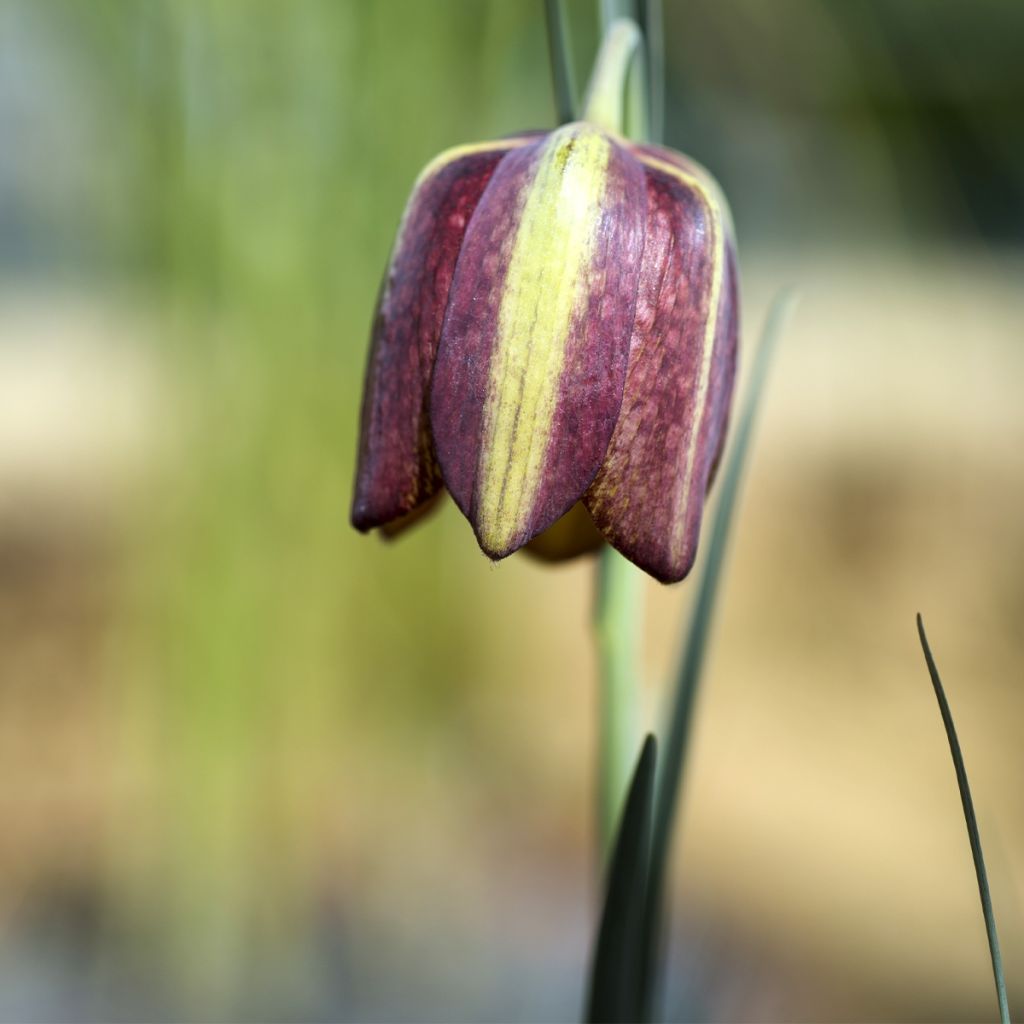

Fritillaria crassifolia ssp crassifolia - Fritillaire botanique
Fritillaria crassifolia subsp. crassifolia - Kurdish Lily
Fritillaria crassifolia subsp. crassifolia
Kurdish Lily, Thick-leaved Fritillary
Special offer!
Receive a €20 voucher for any order over €90 (excluding delivery costs, credit notes, and plastic-free options)!
1- Add your favorite plants to your cart.
2- Once you have reached €90, confirm your order (you can even choose the delivery date!).
3- As soon as your order is shipped, you will receive an email containing your voucher code, valid for 3 months (90 days).
Your voucher is unique and can only be used once, for any order with a minimum value of €20, excluding delivery costs.
Can be combined with other current offers, non-divisible and non-refundable.
This plant carries a 6 months recovery warranty
More information
We guarantee the quality of our plants for a full growing cycle, and will replace at our expense any plant that fails to recover under normal climatic and planting conditions.
Would this plant suit my garden?
Set up your Plantfit profile →
Description
Fritillaria crassifolia ssp crassifolia is a lovely botanical fritillary that blooms in spring in Turkey, on the stony slopes of hills and mountains. This low-growing species is characterised by small pendulous bell-shaped flowers, with a waxy texture, shiny, olive-green in colour, randomly adorned with brown-purple stripes and patches. Very rare in cultivation, although reputed to be relatively cold-resistant, this species is one that the bulblet collector will be proud to own. From its origins, it can be deduced that it thrives in sunny conditions, in an alpine scree, on rather dry limestone substrate in summer and winter.
Fritillaria crassifolia ssp crassifolia (syn. Fritillaria ophioglossifolia) belongs to the Liliaceae family. It is native to an area extending from the southwest to the northeast of Turkey, where it is found growing in loose limestone scree and in earthy steppes, at altitudes ranging from 1500 to 3500 m. It is an alpine to subalpine plant, present in regions with a relatively dry climate in winter and summer.
This fritillary develops from a small bulb 2.5 cm in diameter, sometimes equipped with a few bulblets, which dislikes winter moisture, as well as summer humidity. The foliage emerges from the soil at the end of winter. It consists of 3 to 4 broad, thick, shiny dark green leaves. Flowering occurs in April-May, sometimes in June depending on the climate. From the bulb, a floral stem 10-15 cm in height bearing an umbel of 2 to 4 campanulate bell-shaped flowers, drooping towards the ground emerges. These flowers are wide and long at 4-5 cm, composed of shiny waxy-textured petals. They are greenish or yellowish in colour, marked and paved with brown, and possess a sweetish fragrance. The aerial vegetation of Fritillary crassifolia ssp crassifolia disappears in summer, as the plant enters dormancy. During this time of year, the soil should be rather dry.
This botanical fritillary will find its place in a sunny rockery, alongside other small early spring-flowering bulbs, such as tulips or botanical daffodils. Cultivating in pots in a sandy or stony mix allows it to be sheltered from excess moisture, both winter and summer. The bulb does not tolerate warm and humid growing substrates well: professionals lift the bulbs when the plant enters dormancy and store them in slightly moist perlite or vermiculite, kept in bags stored in the shade.
Fritillaria crassifolia subsp. crassifolia - Kurdish Lily in pictures
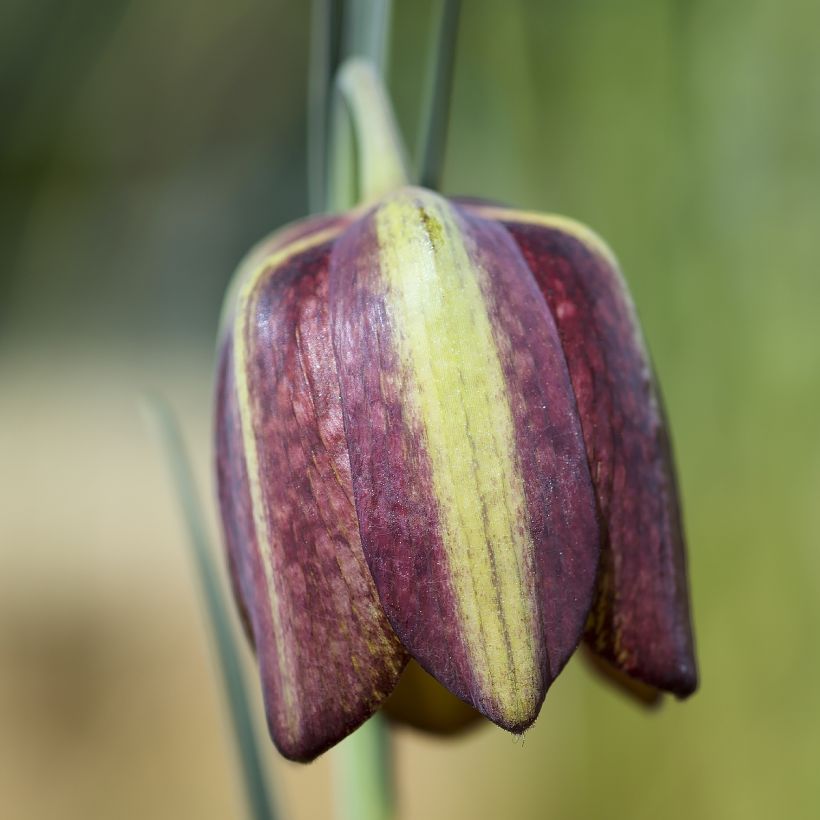

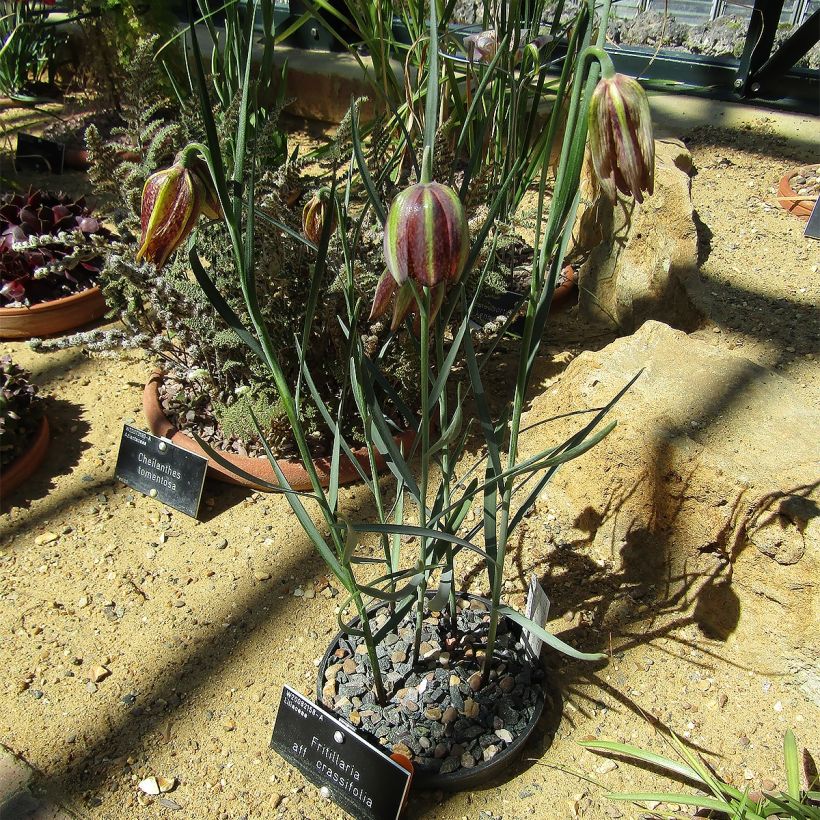

Plant habit
Flowering
Foliage
Botanical data
Fritillaria
crassifolia subsp. crassifolia
Liliaceae
Kurdish Lily, Thick-leaved Fritillary
Middle East
Planting and care
Fritillaria crassifolia ssp crassifolia is a rather delicate young plant that thrives in full sun under alpine and mediteranean climates where winters and summers are dry and springs are humid. However, scorching summers are to be feared. Plant it in soil that is both fertile and very well-drained. Plant as soon as possible, from September to October, by adding sand, gravel, or pumice to the planting hole and planting in a rock garden or raised bed (25 cm of elevation is sufficient). Place the bulb at a depth of 10 cm, tilting it slightly so that its heart does not collect rainwater. In winter, we advise you to mulch the fritillary, partly to protect it from the cold, but mainly from excessive moisture. Do not water your fritillaries in summer and winter. If the soil is too dry in spring, water lightly to encourage the bulb to start, but not too much.
The summer dormancy period is also crucial for fritillaries originating from the mountains of the Near East: the bulb must be kept in a substrate that is almost dry, and protected from excessive heat.
Planting period
Intended location
Care
Planting & care advice
This item has not been reviewed yet - be the first to leave a review about it.
Haven't found what you were looking for?
Hardiness is the lowest winter temperature a plant can endure without suffering serious damage or even dying. However, hardiness is affected by location (a sheltered area, such as a patio), protection (winter cover) and soil type (hardiness is improved by well-drained soil).

Photo Sharing Terms & Conditions
In order to encourage gardeners to interact and share their experiences, Promesse de fleurs offers various media enabling content to be uploaded onto its Site - in particular via the ‘Photo sharing’ module.
The User agrees to refrain from:
- Posting any content that is illegal, prejudicial, insulting, racist, inciteful to hatred, revisionist, contrary to public decency, that infringes on privacy or on the privacy rights of third parties, in particular the publicity rights of persons and goods, intellectual property rights, or the right to privacy.
- Submitting content on behalf of a third party;
- Impersonate the identity of a third party and/or publish any personal information about a third party;
In general, the User undertakes to refrain from any unethical behaviour.
All Content (in particular text, comments, files, images, photos, videos, creative works, etc.), which may be subject to property or intellectual property rights, image or other private rights, shall remain the property of the User, subject to the limited rights granted by the terms of the licence granted by Promesse de fleurs as stated below. Users are at liberty to publish or not to publish such Content on the Site, notably via the ‘Photo Sharing’ facility, and accept that this Content shall be made public and freely accessible, notably on the Internet.
Users further acknowledge, undertake to have ,and guarantee that they hold all necessary rights and permissions to publish such material on the Site, in particular with regard to the legislation in force pertaining to any privacy, property, intellectual property, image, or contractual rights, or rights of any other nature. By publishing such Content on the Site, Users acknowledge accepting full liability as publishers of the Content within the meaning of the law, and grant Promesse de fleurs, free of charge, an inclusive, worldwide licence for the said Content for the entire duration of its publication, including all reproduction, representation, up/downloading, displaying, performing, transmission, and storage rights.
Users also grant permission for their name to be linked to the Content and accept that this link may not always be made available.
By engaging in posting material, Users consent to their Content becoming automatically accessible on the Internet, in particular on other sites and/or blogs and/or web pages of the Promesse de fleurs site, including in particular social pages and the Promesse de fleurs catalogue.
Users may secure the removal of entrusted content free of charge by issuing a simple request via our contact form.
The flowering period indicated on our website applies to countries and regions located in USDA zone 8 (France, the United Kingdom, Ireland, the Netherlands, etc.)
It will vary according to where you live:
- In zones 9 to 10 (Italy, Spain, Greece, etc.), flowering will occur about 2 to 4 weeks earlier.
- In zones 6 to 7 (Germany, Poland, Slovenia, and lower mountainous regions), flowering will be delayed by 2 to 3 weeks.
- In zone 5 (Central Europe, Scandinavia), blooming will be delayed by 3 to 5 weeks.
In temperate climates, pruning of spring-flowering shrubs (forsythia, spireas, etc.) should be done just after flowering.
Pruning of summer-flowering shrubs (Indian Lilac, Perovskia, etc.) can be done in winter or spring.
In cold regions as well as with frost-sensitive plants, avoid pruning too early when severe frosts may still occur.
The planting period indicated on our website applies to countries and regions located in USDA zone 8 (France, United Kingdom, Ireland, Netherlands).
It will vary according to where you live:
- In Mediterranean zones (Marseille, Madrid, Milan, etc.), autumn and winter are the best planting periods.
- In continental zones (Strasbourg, Munich, Vienna, etc.), delay planting by 2 to 3 weeks in spring and bring it forward by 2 to 4 weeks in autumn.
- In mountainous regions (the Alps, Pyrenees, Carpathians, etc.), it is best to plant in late spring (May-June) or late summer (August-September).
The harvesting period indicated on our website applies to countries and regions in USDA zone 8 (France, England, Ireland, the Netherlands).
In colder areas (Scandinavia, Poland, Austria...) fruit and vegetable harvests are likely to be delayed by 3-4 weeks.
In warmer areas (Italy, Spain, Greece, etc.), harvesting will probably take place earlier, depending on weather conditions.
The sowing periods indicated on our website apply to countries and regions within USDA Zone 8 (France, UK, Ireland, Netherlands).
In colder areas (Scandinavia, Poland, Austria...), delay any outdoor sowing by 3-4 weeks, or sow under glass.
In warmer climes (Italy, Spain, Greece, etc.), bring outdoor sowing forward by a few weeks.






























